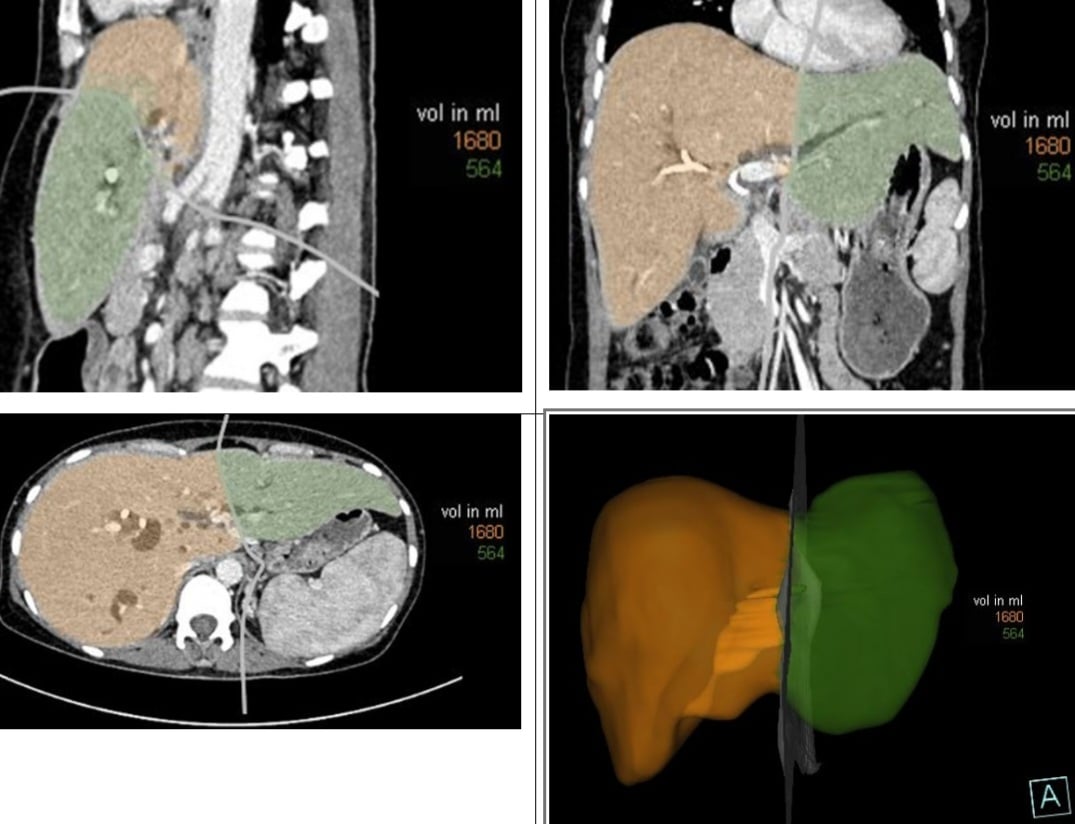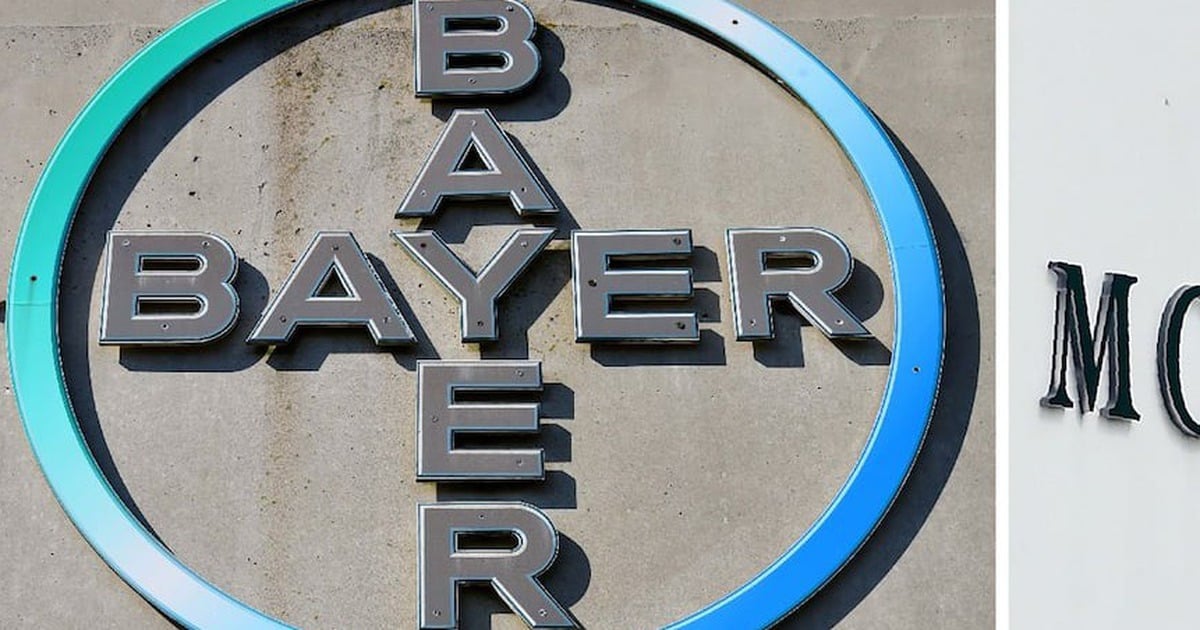Doctor Nguyen Thanh Khiem, Department of Digestive Surgery - Hepatobiliary Pancreatic of Bach Mai Hospital shared with patients with bile duct cancer.
Accordingly, malignant cancer arises from any component of the biliary tract (most commonly, 95%, originates from the biliary epithelium).
Cholangiocarcinoma accounts for 2% of gastrointestinal cancers and is classified as intrahepatic (20%) or extrahepatic (80%).

Currently, liver and biliary tract treatment techniques have made great strides to help prolong the lives of patients (photo source: Bach Mai Hospital).
Extrahepatic cholangiocarcinoma includes hilar cholangiocarcinoma (Klatskin tumor) and cholangiocarcinoma of the common bile duct.
Klatskin tumors are the most common group of cholangiocarcinomas, accounting for 50-60% of cholangiocarcinomas in general. Klatskin tumors are defined as cholangiocarcinomas located within 2 cm of the common hepatic duct bifurcation.
Regarding the survival prognosis of Klaskin tumors, the overall survival rate after 5 years for the group of patients who received radical surgery was 20-30% depending on each study, however, for the group of patients who could not undergo radical surgery, this rate was 0%.
Therefore, although it is a highly malignant cancer, radical surgery significantly improves the patient's survival prognosis.
Advanced Klaskin tumors with vertical extension, defined as Klaskin type IV tumors according to the Bismuth Classification System, are cases of hilar occult liver cancer in which the tumor has invaded the right and left hepatic ducts intrahepaticly.
Previously, Klaskin type IV tumors were classified as unresectable, the surgery of choice was usually hepaticoenterostomy, a palliative surgery that did not remove the tumor, so the patient's postoperative survival prognosis was often very poor.
However, with the continuous development of surgical techniques as well as multidisciplinary coordination (Anesthesiology, Oncology and Interventional Radiology), radical surgical methods for Klaskin type IV tumors have been successfully implemented at several major hepatobiliary surgery centers in the world.
Diagram of the planned liver resection (orange). All cases were photographed, imaged and measured for liver volume before surgery, which helps the surgical team to make predictions about the liver resection, estimate the percentage of liver resection as well as the remaining liver volume, and then develop an appropriate surgical strategy.
With the characteristics of a large hepatobiliary and pancreatic surgery center, the Department of Hepatobiliary and Pancreatic Digestive Surgery, Bach Mai Hospital has received and successfully performed radical surgery on many cases of Klaskin type IV tumor patients.
In these cases, Neuhaus surgery - a major liver resection technique - has been performed, including resection of the right hepatic lobe and the entire first subsegment, resection of the biliary tributary to the lateral segmental hepatic duct, and dissection of the celiac pedicle lymph nodes. The hilar tumor was resected together with the above components into a block (en bloc), using the no-touch technique, contributing to the achievement of radical treatment and oncological criteria (immediate intraoperative biopsy of the remaining hepatic duct and common bile duct, negative).
However, this is also a complex liver resection technique, with the average resected liver volume accounting for about 81% of the total liver volume according to studies. Therefore, the most common risk and also the highest risk of postoperative mortality is postoperative liver failure due to insufficient remaining liver volume.
Therefore, to minimize the risk of postoperative liver failure, meticulous perioperative management as well as accurate assessment of the function of the remaining liver are very important points.
Several interventions have been widely accepted to reduce the risk of liver failure after hepatectomy, including preoperative biliary drainage techniques and portal vein embolization to increase the volume of the liver remnant. These meticulous surgical preparations are key to avoiding liver failure after hepatectomy.
In cases where patients underwent percutaneous biliary drainage 3 weeks before surgery, multi-slice computed tomography with liver reconstruction and volume measurement were routinely performed to accurately calculate liver volume and improve preoperative liver quality.
Source




![[Photo] Prime Minister Pham Minh Chinh chairs meeting to remove difficulties for projects](https://vstatic.vietnam.vn/vietnam/resource/IMAGE/2025/3/30/7d354a396d4e4699adc2ccc0d44fbd4f)



























![[Photo] Prime Minister Pham Minh Chinh chairs meeting to urge highway projects](https://vstatic.vietnam.vn/vietnam/resource/IMAGE/2025/3/29/6a3e175f69ea45f8bfc3c272cde3e27a)

























































![[REVIEW OCOP] An Lanh Huong Vet Yen Cat](https://vstatic.vietnam.vn/vietnam/resource/IMAGE/2025/3/27/c25032328e9a47be9991d5be7c0cad8c)









Comment (0)